When designing an enclosure for an Aquafire water vapor fireplace, it's easy to focus on finishes, framing, and functionality. But one of the most critical — and often overlooked — details is how the light from the vapor flames behaves in a space. That’s where the concept of a light trap comes into play.
Whether you’re aiming for a sleek, open-concept install or a more traditional recessed look, understanding how light interacts with your enclosure design can make or break the final effect. This guide will walk you through what a light trap is, why it matters, and how to design with — or without — one.
What Is a Light Trap?
A light trap is a design feature used in the construction of an Aquafire enclosure that prevents unwanted light from escaping into the surrounding room.
“A light trap is essential when constructing your water vapor fireplace enclosure. The light emitted by the vapor flames travels upwards, and without a properly dimensioned enclosure, this light can escape into your room and onto the ceiling, detracting from the ambiance.” — Aquafire Help Center
Unlike traditional flames, which produce natural shadows and glow, Aquafire’s vapor flames are created using light and mist. This means the light source (a strip of powerful LED lights) is an integral part of the illusion. Without a well-planned enclosure, that light can cast upward onto nearby walls or ceilings, disrupting the visual focus and reducing the realism of the flame effect.

The Benefits of Using a Light Trap
Designing with a light trap gives you greater control over how the fireplace is perceived and experienced. Key benefits include:
-
Enhanced realism
Keeps the flame effect contained within the firebox, maintaining the illusion of a traditional fire. -
Ambient light control
Prevents stray light from washing out nearby surfaces or ceilings, preserving the mood of the space. -
Professional, finished look
A proper light trap ensures your fireplace looks intentional and expertly integrated — not like an afterthought. -
Greater design flexibility
Especially helpful in darker rooms or when the goal is to highlight the fireplace as a dramatic focal point.
How to Design with a Light Trap in Mind
Incorporating a light trap starts during the design phase. Here are a few principles to guide you:
1. Dimension Matters
Create a recessed area or overhang above the fireplace opening. This recess should be deep enough to prevent light from spilling upward. While every installation is unique, a general rule is to recess the top of the enclosure by at least 4–6 inches beyond the visible flame area.
2. Choose Dark, Matte Materials
Glossy or reflective finishes can bounce light where you don’t want it. Use darker materials inside the recess to absorb light and deepen the visual illusion.
3. Incorporate Structural Elements
Consider ceiling baffles or soffits that subtly block and trap upward light. These elements can be seamlessly integrated into modern or traditional designs.
4. Use Examples for Inspiration
Check out our Light Trap Examples to see how other designers have successfully integrated light traps in various environments.

Designing WITHOUT a Light Trap: What You Need to Know
Some installations intentionally forgo a light trap for a more open or minimalist look. This can work beautifully — but it’s important to understand the trade-offs.
In an open-top or shallow enclosure, you will see light on the ceiling. This isn’t a design flaw; it’s a natural result of how the vapor flames are produced. That light spill can even complement certain environments, especially when used strategically.
If you're designing without a light trap:
-
Set expectations with your client. Let them know the light will be visible and help them envision how that will affect the mood of the room.
-
Minimize distractions. Consider using textured or matte ceiling materials to soften the glow.
-
Balance your lighting scheme. Incorporate ambient or indirect lighting to harmonize with the fireplace's effect.
Get more guidance in our article: Designing Without a Light Trap

Light Trap vs. Open Design: Which Should You Choose?
| Feature | With Light Trap | Without Light Trap |
|---|---|---|
| Visual Realism | High | Moderate |
| Light Containment | Focused in firebox | Visible on ceiling/walls |
| Design Style | Framed, recessed, cozy | Open, modern, minimalist |
| Installation Needs | More technical planning | More flexible |
| Ideal For | High-end or immersive installs | Sleek, open concept spaces |
There’s no wrong choice — only the right choice for the space, client, and aesthetic goals.

Pro Tips for Designers and Builders
-
Treat the enclosure like a stage. Every design decision affects how the flame effect is seen and felt.
-
Plan early. A few extra inches of depth or an intentional overhang can drastically improve the final effect.
-
Leverage our support. The Aquafire team is here to help you review technical drawings, choose the right approach, and avoid common pitfalls.
Whether you’re embracing the immersive realism of a light trap or leaning into the boldness of an open design, the key is intention. With thoughtful planning, your Aquafire installation can deliver the perfect balance of form, function, and visual impact.
Have questions or a project in the works? Contact our team for personalized design support or to share your plans! We're here to help you make every flame unforgettable.


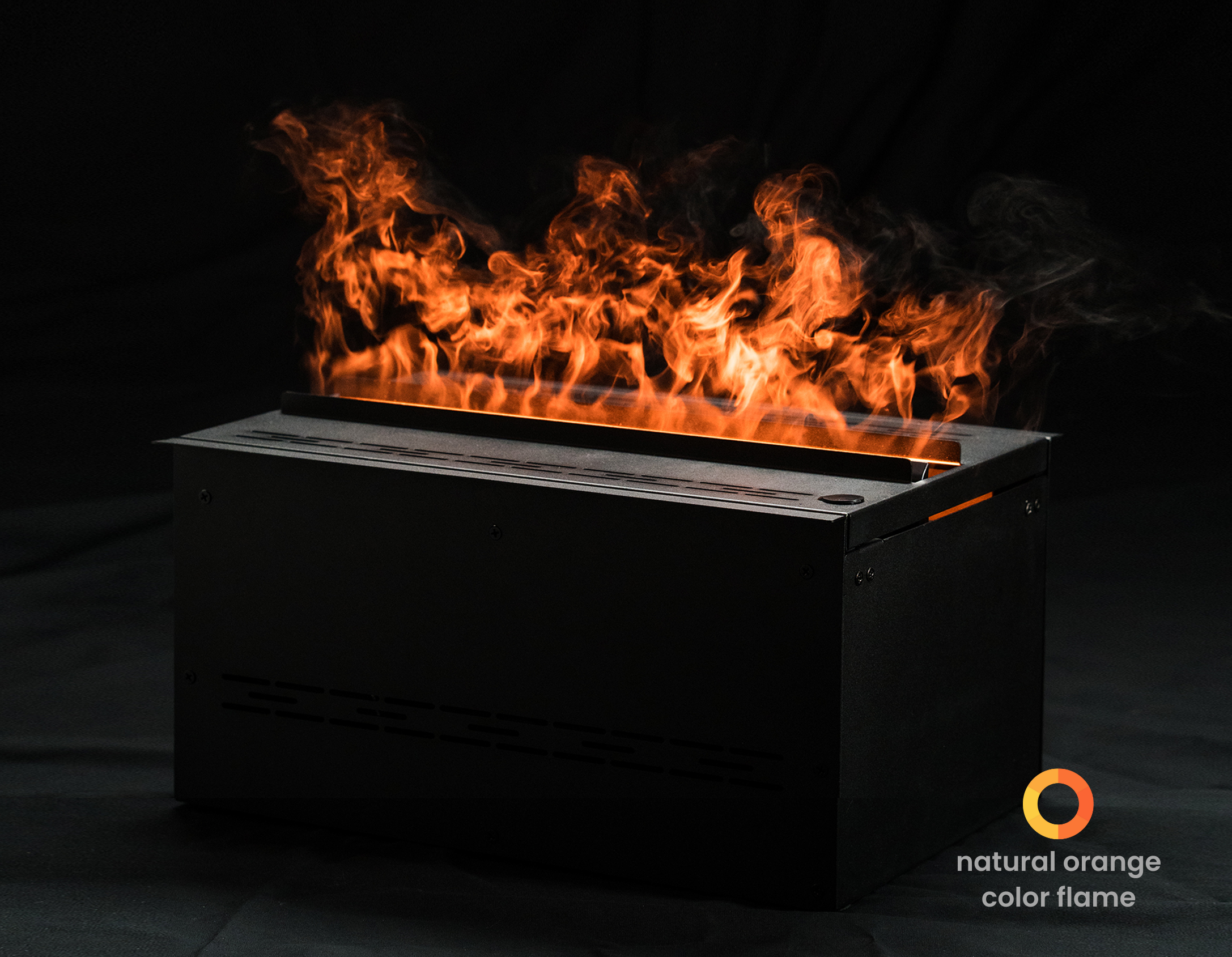
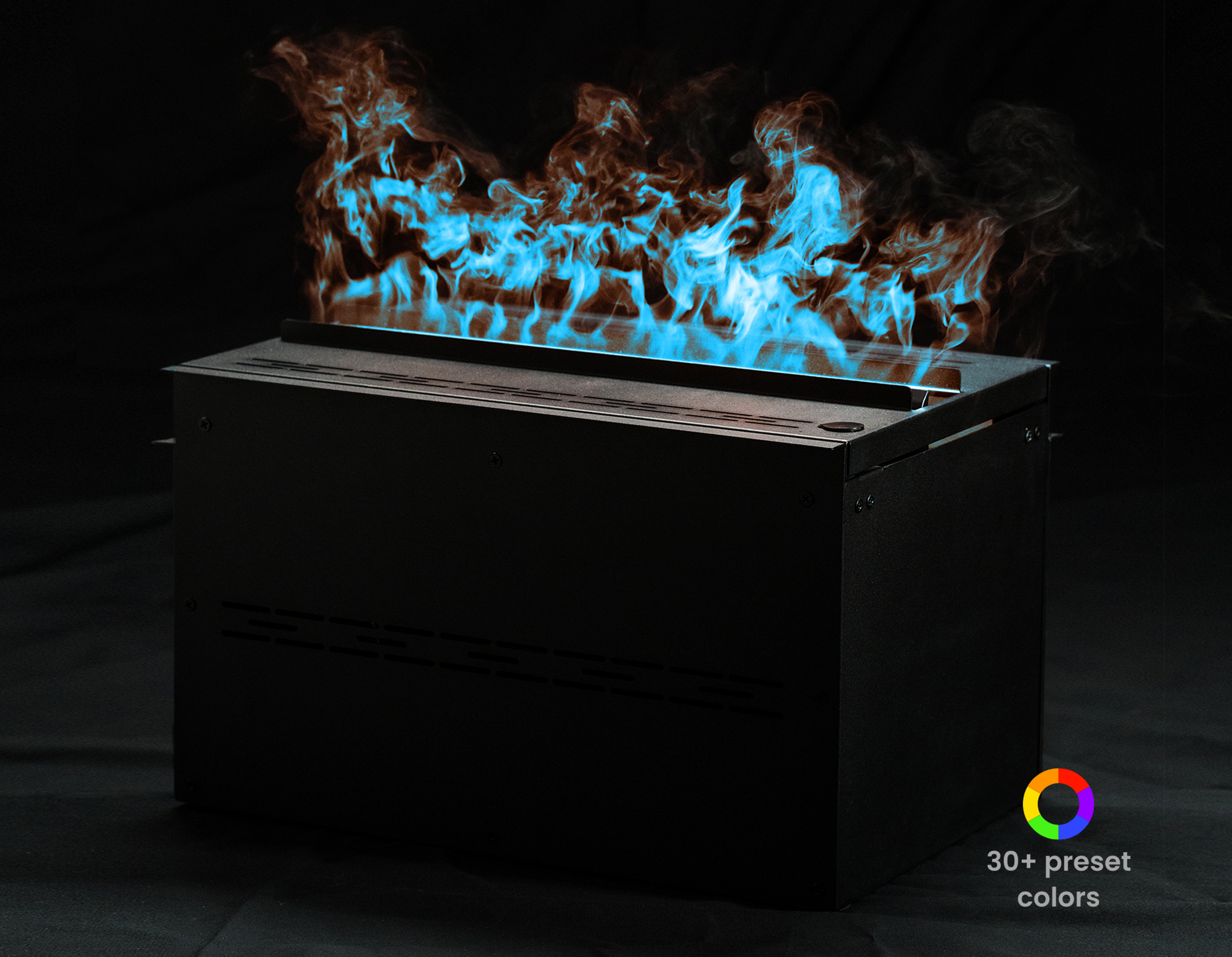
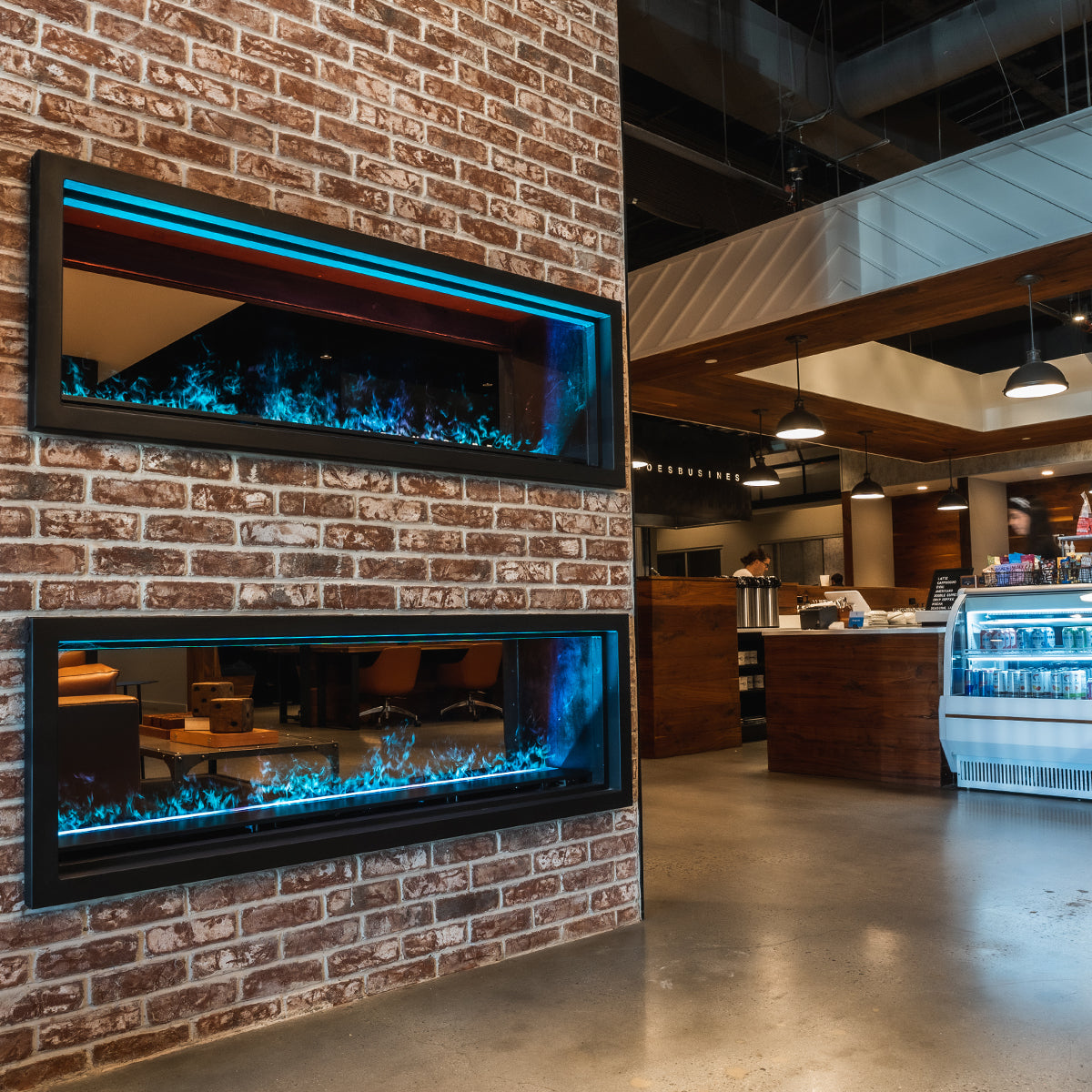
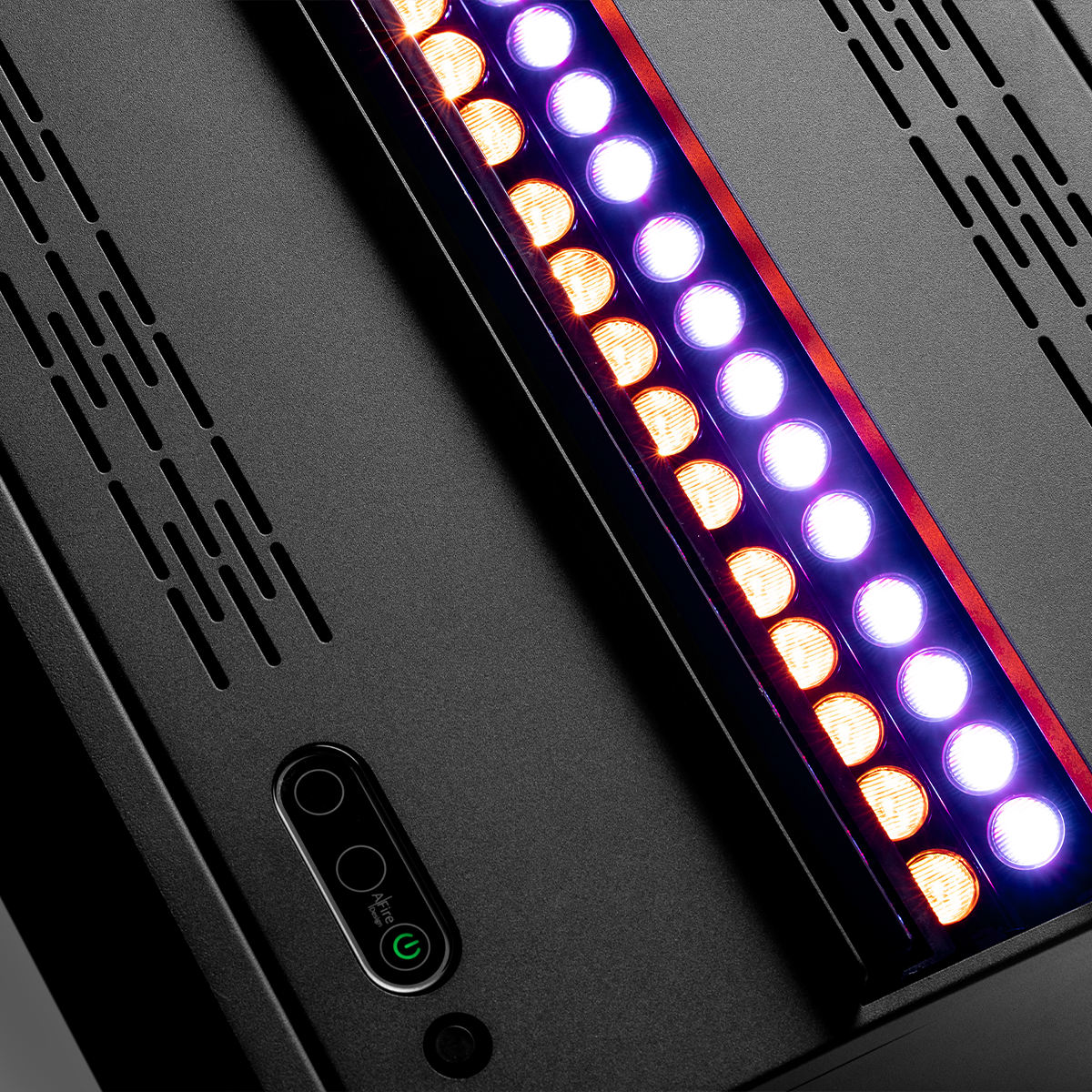
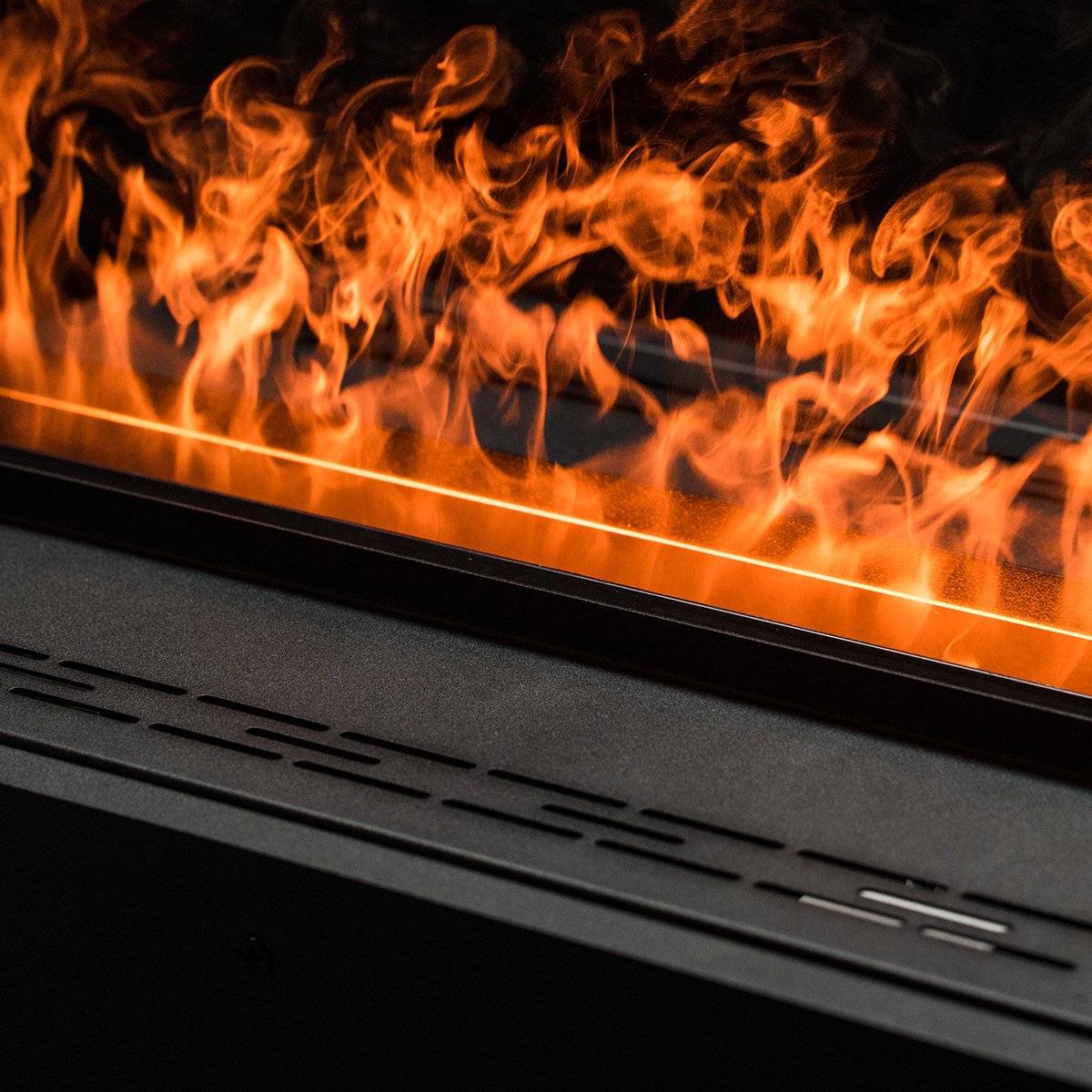
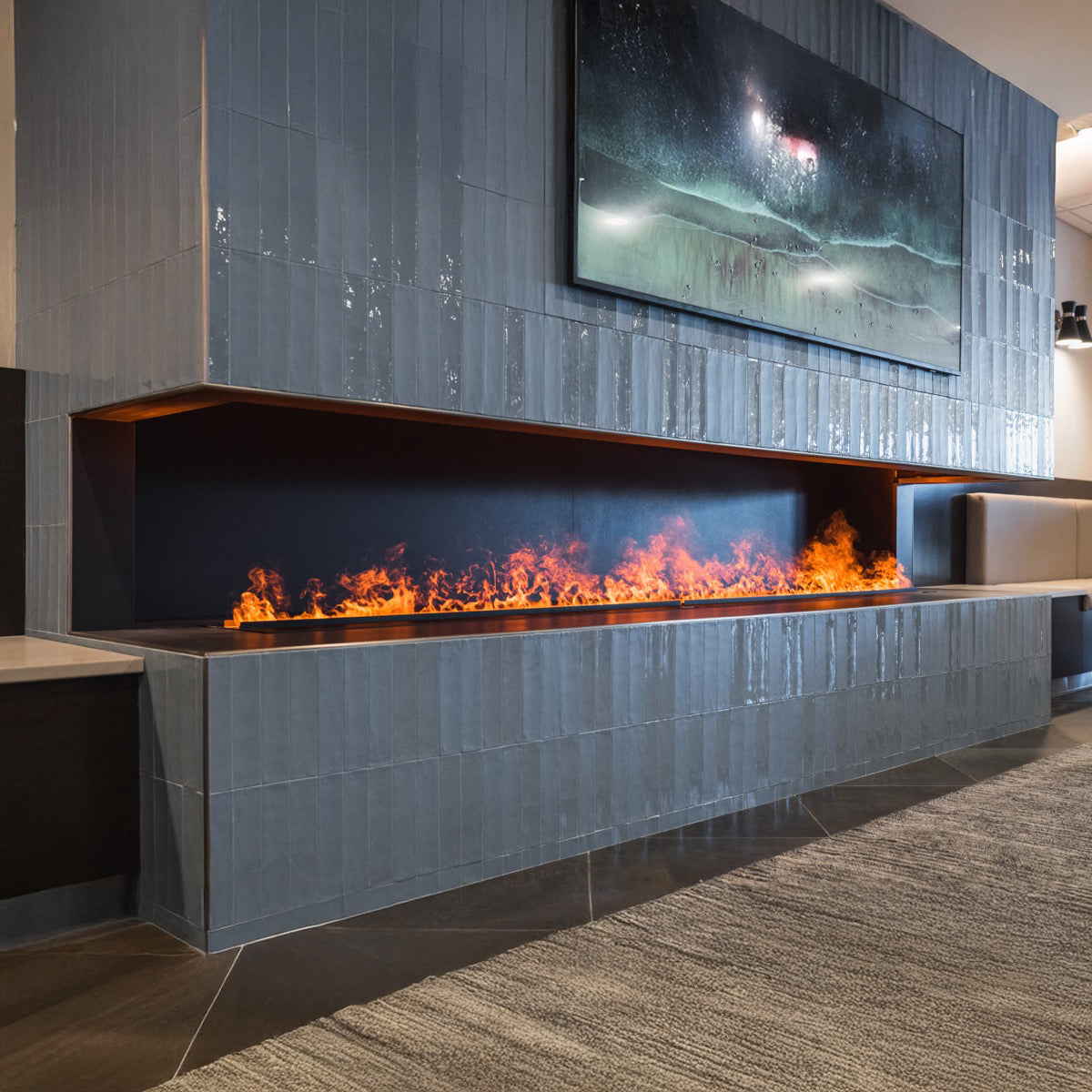



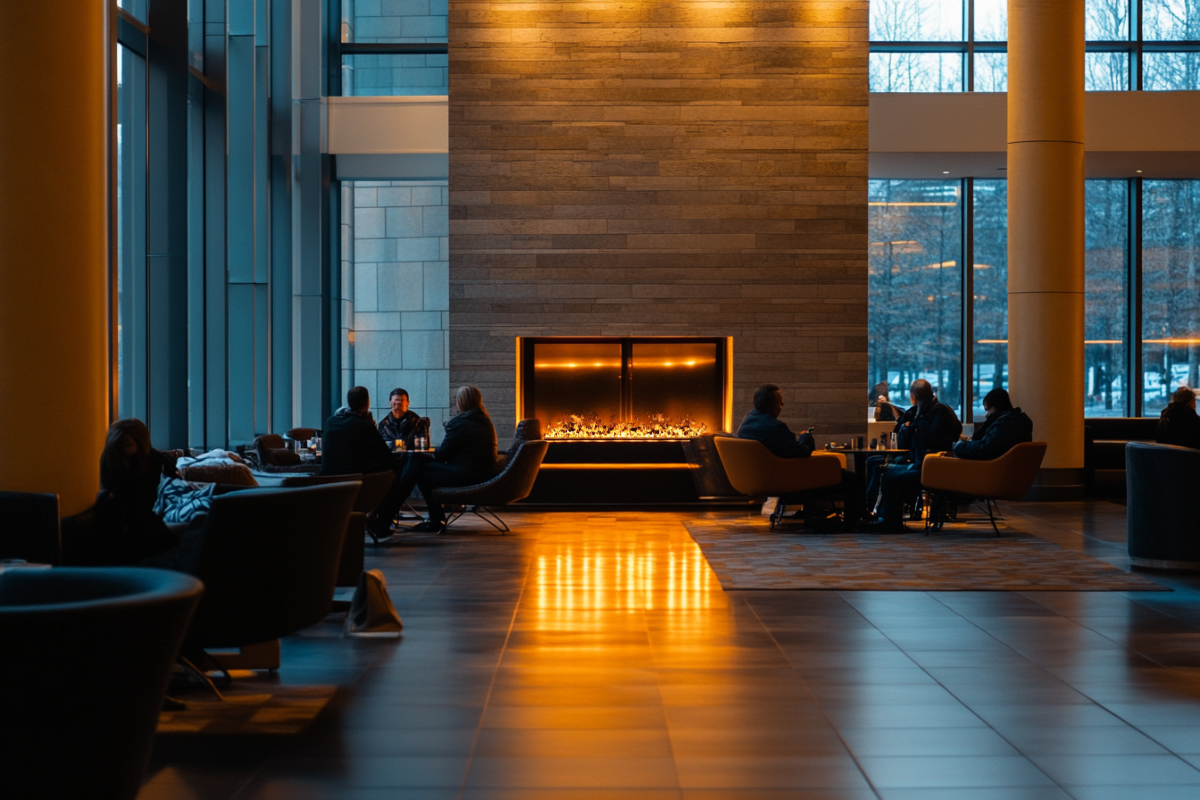
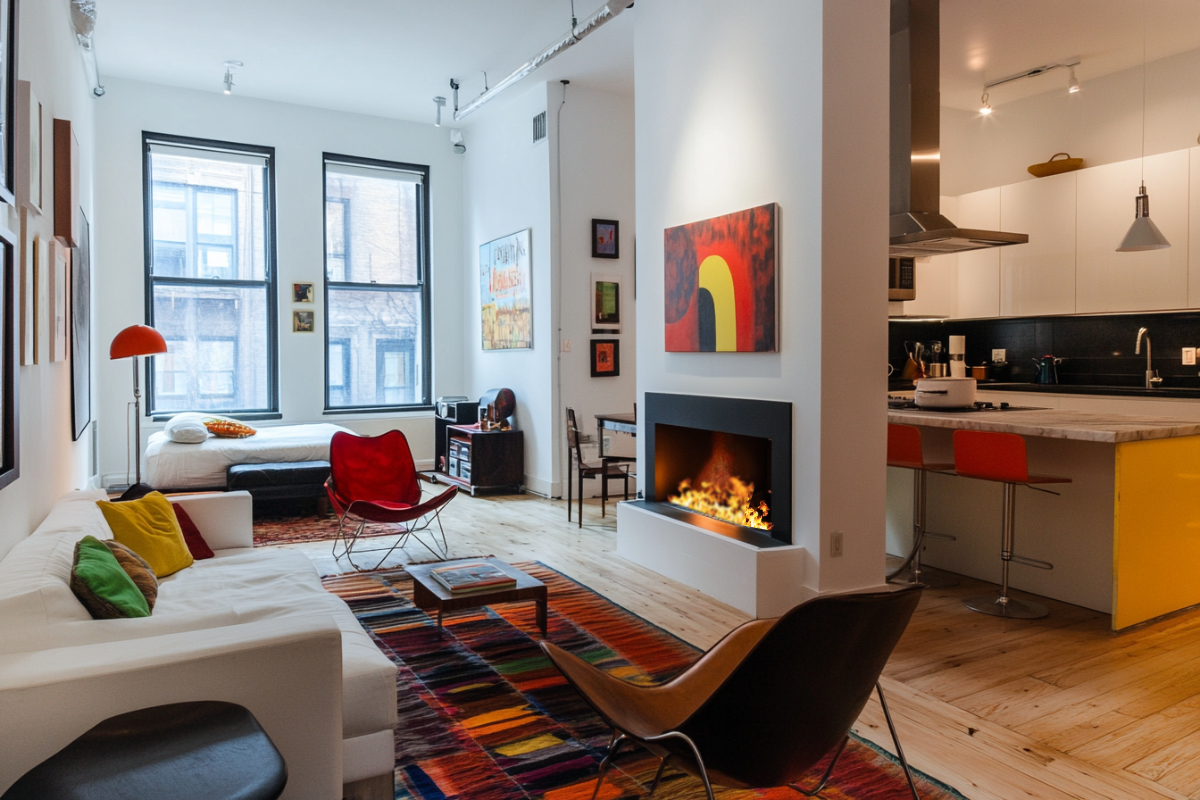
Leave a comment
This site is protected by hCaptcha and the hCaptcha Privacy Policy and Terms of Service apply.